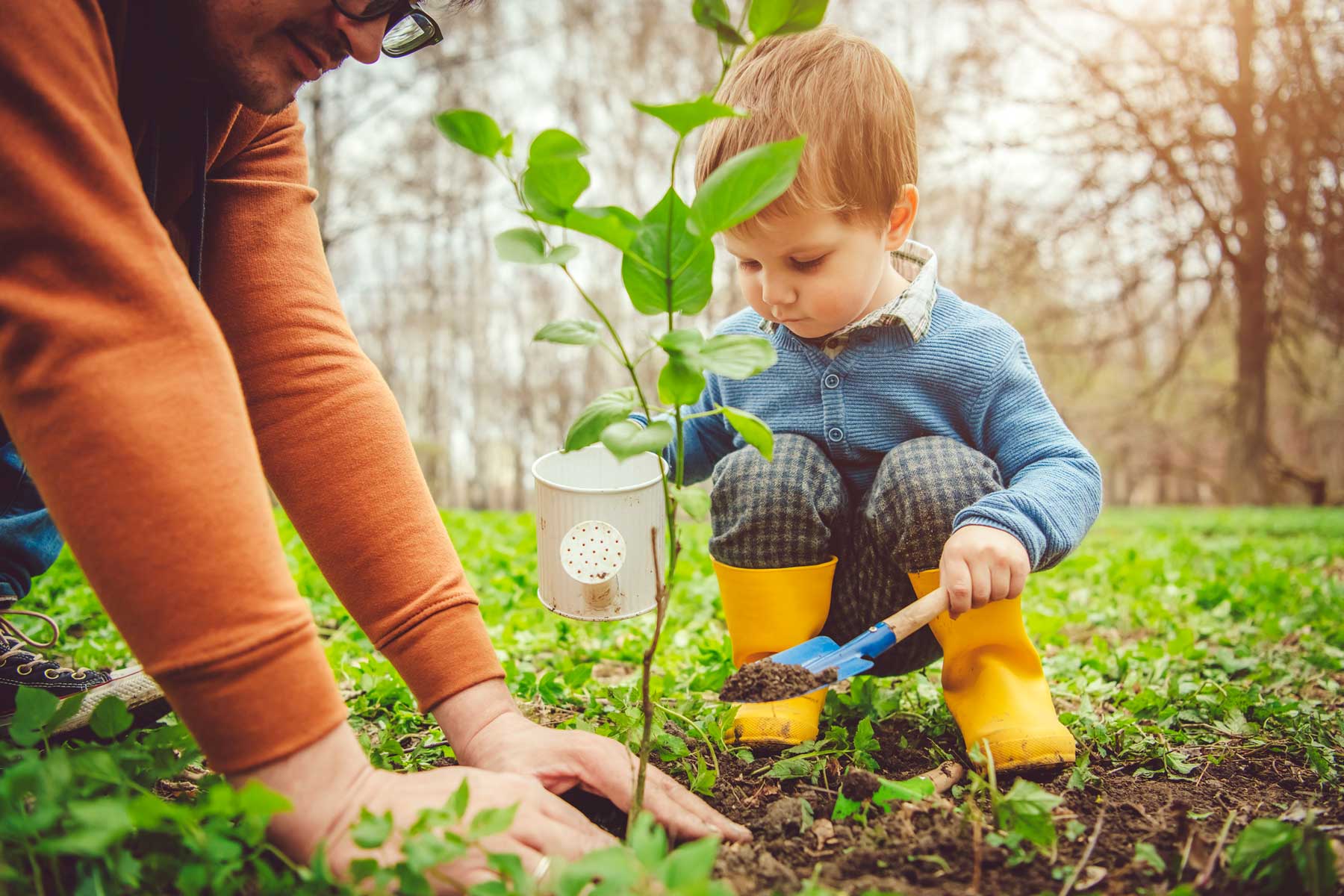Guess the Weight Scavenger Hunt
In this lesson, children will start with one object and decide which objects in the room are heavier or lighter than that object.
Content Area:
Physical Properties
Learning Goals:
This lesson will help toddlers and preschoolers meet the following educational standards:
- Develop beginning skills in the use of science and engineering practices, such as observing, asking questions, solving problems, and drawing conclusions
- Explore the physical properties of objects
- Use tools and technology to assist with science and engineering investigations
Learning Targets:
After this lesson, toddlers and preschoolers should be more proficient at:
- Planning and carrying out simple investigations
- Collecting, describing, comparing and recording information from observations and investigations
- Identifying, describing and comparing the physical properties of objects
- Using tools and technology to assist with science and engineering investigations

Guess the Weight Scavenger Hunt
Lesson plan for toddlers/preschoolers
Step 1: Gather materials.
- Two baskets (one labeled lighter and the other labeled heavier)
- Objects set aside for the children to weigh (objects should fit on a balance scale)
- One object to use as a measuring tool (the children should be able to carry this object, fit it on a balance scale and easily manipulate the object as they weigh both objects in their hands)
- A balance scale
Note: Small parts pose a choking hazard and are not appropriate for children age five or under. Be sure to choose lesson materials that meet safety requirements.
Step 2: Introduce activity.
- Ask the children to explain weight and the concept of weighing something. Ask the children about their experiences with being weighed or weighing something. (The doctor weighs you. You weigh produce at the grocery store, etc.)
- Demonstrate how the balance scale works. Weigh objects that are the same weight, as well as objects of different weights, emphasizing which is heavier and which is lighter.
- Tell the children that they are going on a scavenger hunt to find objects that are heavier and lighter than objects given to them to use for comparison.
Step 3: Engage children in lesson activities.
- Give each child a measurable object. Explain that the children are to find objects that are lighter or heavier than their objects. Ask the children how they will be able to tell (by using the balance scale or their hands).
- First, the children will find objects that are heavier than their objects and place them in the basket labeled “Heavier.”
- Then the children will find objects that are lighter than their objects and place them in the basket labeled “Lighter.”
- After all of the objects have been collected, gather the children around the two baskets to discuss the objects collected in relation to their own objects. If there are some discrepancies, put the objects on the balance scale to determine the weights of the objects.
Additional Extensions
- Once the children have collected items using their measurable objects, have the children switch objects and do the scavenger hunt all over again.
- In addition to placing the found objects in the two baskets, the children can also record their findings on a recording sheet. Leave a space at the top of the recording sheet where you can write or draw a picture of the measurable item being used and then create columns for the lighter objects and the heavier objects. The children can either write the name of their found objects on the recording sheet or draw a picture.
Step 4: Vocabulary.
- Predict—To guess what might happen next
- Compare—To identify the similarities or differences between two objects
- Measure—To find the dimension of an attribute using a tool
- Conclude—To make statements about what was learned after an observation or experiment
Step 5: Adapt lesson for toddlers or preschoolers.
Adapt Lesson for Toddlers
Toddlers may:
- Choose unrealistic items to measure (items that are too big or items that cannot be held with one hand)
- Struggle with the concept of weight and not yet understand that items are of different weights
Child care providers may:
- Place the items to be measured into a basket labeled “Items to Measure”
- Concentrate on one measurable (Collect items that are lighter than their objects and let the children feel the difference as they hold the two items in their hands. Repeat this activity several times with lighter objects and then make the same comparison with the heavier objects.)
Adapt Lesson for Preschoolers
Preschoolers may:
- Understand the concept of weight and move through the scavenger hunt with great ease
Child care providers may:
- After the children have collected items using their measurable objects, have the children switch objects and do the scavenger hunt all over again
- In addition to placing the found objects in the two baskets, the children can also record their findings on a recording sheet. Leave a space at the top of the recording sheet where you can write or draw a picture of the measurable item being used and then create columns for the lighter objects and the heavier objects. The children can either write the name of their found objects on the recording sheet or draw a picture of the objects.
Suggested Books
- Hershey’s Milk Chocolate Weights And Measures Book Paperback by Jerry Pallotta
- Me and the Measure of Things by Joan Sweeney
Music and Movement
Outdoor Connections
Children can collect outdoor items such as acorns and stones. They can then use the balance scale and weigh the items to explore the concepts of heavier, lighter and same or equal.
Web Resources
- Children can click on items and place them on a virtual balance scale, then drag and drop weights until the scale is balanced.
- Children drag and drop bear counters onto a scale that weighs them using numbers rather than balance. When you get to the page, scroll down and click on “Simple Scales.”
Comment on this lesson